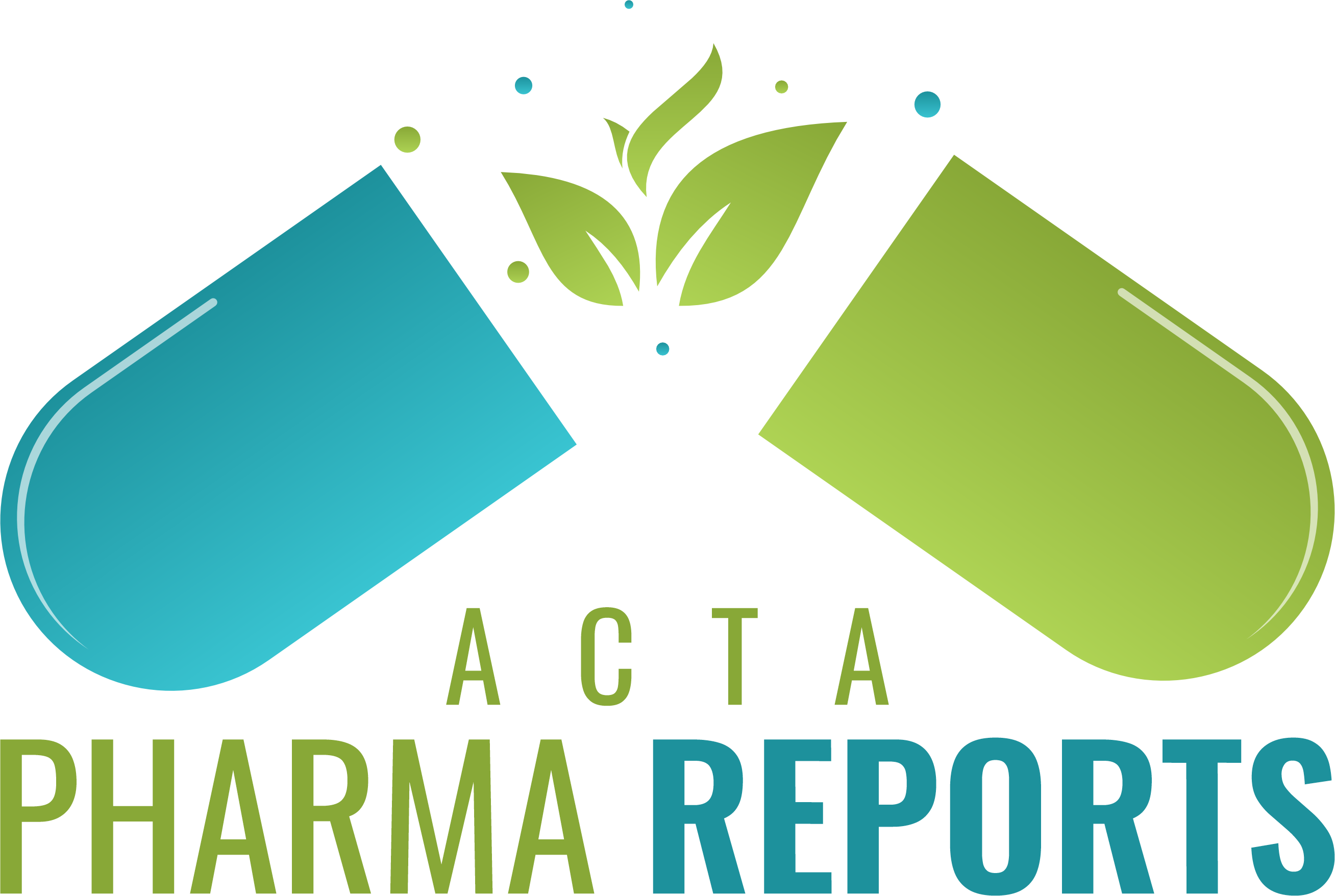This abstract provides a concise overview of the critical review of drug safety and pharmacovigilance practices. The review highlights advancements in pharmacovigilance systems, including spontaneous reporting mechanisms and signal detection methodologies. Despite progress, challenges such as underreporting, data quality issues, and regulatory disparities persist. The abstract emphasizes the importance of collaborative efforts to address these challenges and recommends strategies for improvement, including education and awareness campaigns, enhanced surveillance infrastructure, regulatory convergence, integration of advanced technologies, and patient-centered approaches. Ultimately, effective pharmacovigilance practices are crucial for maintaining public trust and ensuring the safety of pharmaceutical interventions. It examines the current landscape, highlighting achievements, challenges, and areas for improvement. Advancements in pharmacovigilance systems, such as spontaneous reporting mechanisms and signal detection methodologies, have improved the timely detection and assessment of adverse drug reactions. However, challenges such as underreporting, data quality issues, and regulatory disparities continue to pose significant obstacles. It recommends strategies for improvement, including education and awareness campaigns to promote proactive reporting, investment in enhanced surveillance infrastructure, regulatory convergence to streamline reporting requirements, integration of advanced technologies like artificial intelligence, and patient-centered approaches to engage patients in pharmacovigilance activities.
